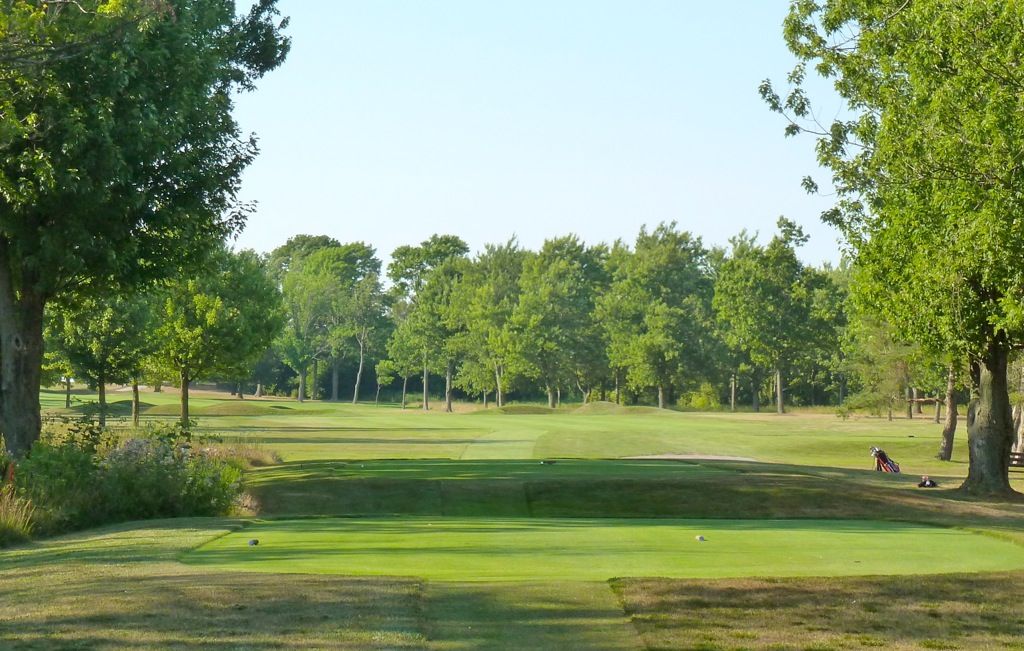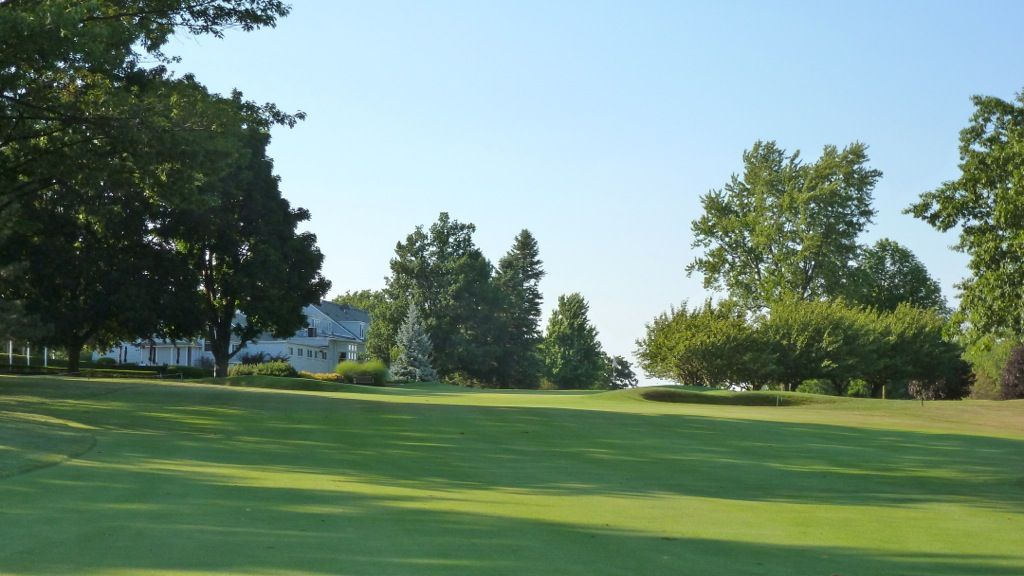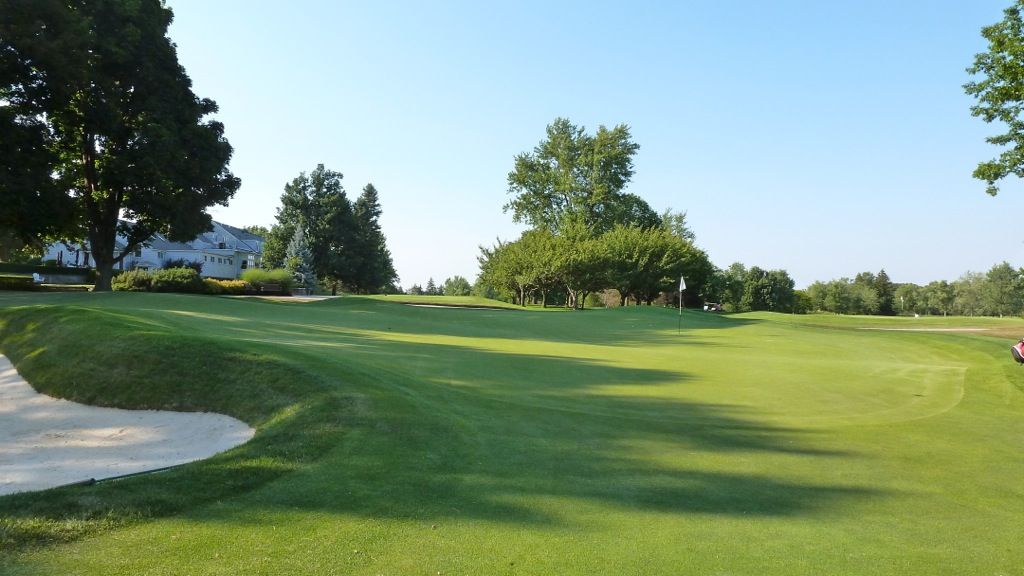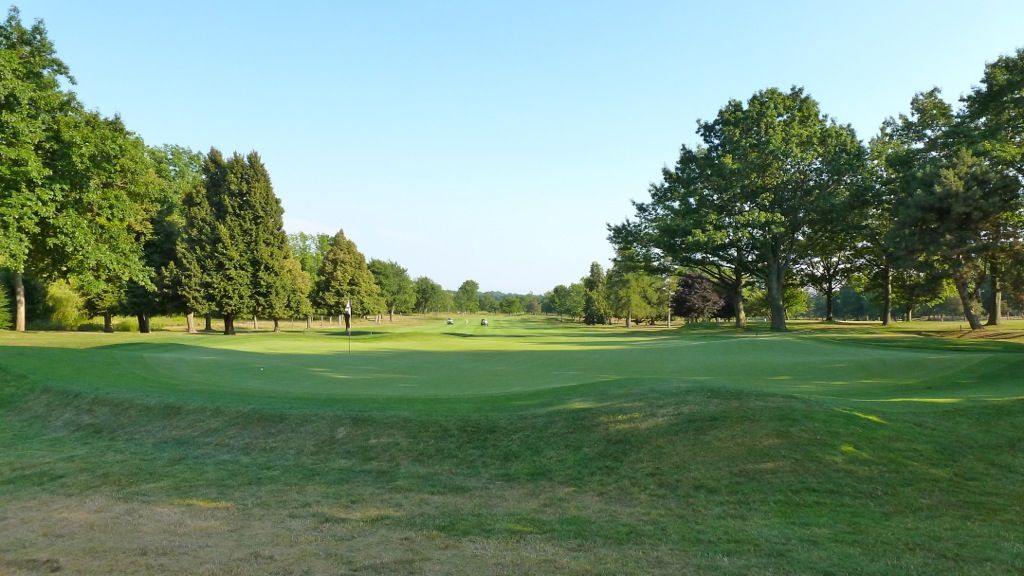Hole 13: Par 4, 376 Yards - Number 13 is a deceptively short par 4 which has been the scene of numerous disasters. There are bunkers both left and right off the tee and there is out-of-bounds to the right the entire length of the hole. The green is heavily bunkered, with a narrow opening in the front, a closely mown chipping area to the left and out-of-bounds fairly close to the back of the green. Statistics from the 1972 Canadian Open indicate that number 13 played the most difficult in relation to par of all the holes on the course. Recent renovations to the green have narrowed accessibility, and created a collection area to the left, providing an even greater challenge to the player.
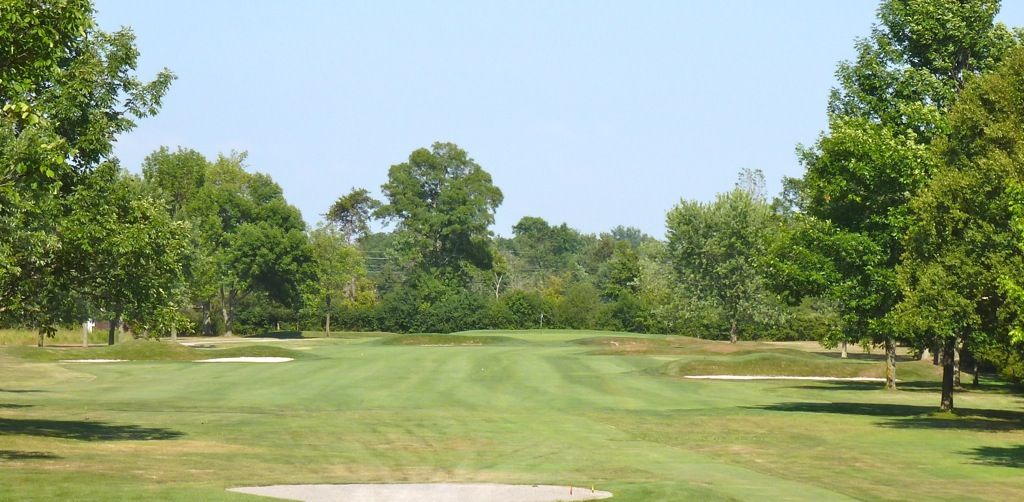
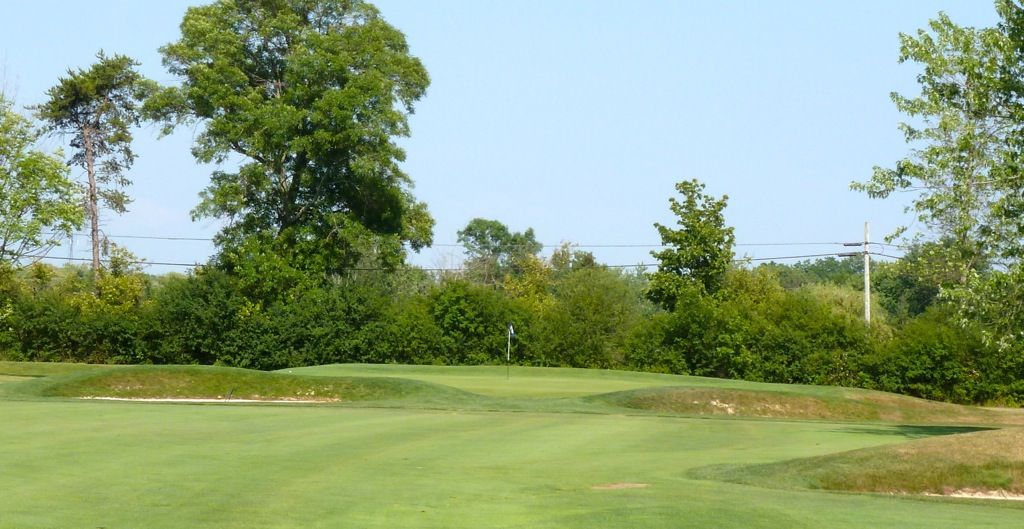
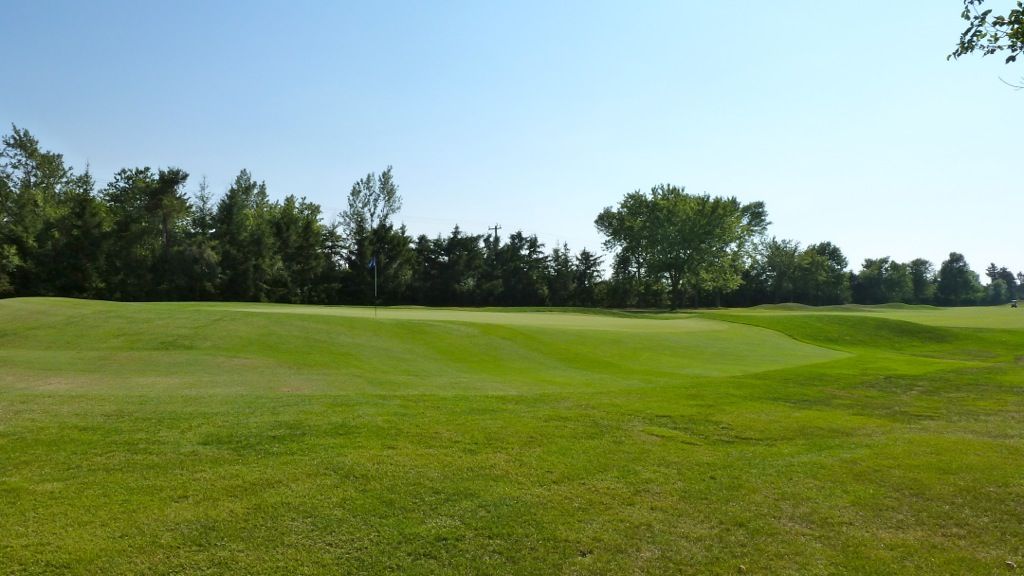 Hole 14: Par 4, 470 Yards - This is a long par 4 with an intimidating bunker complex on the left. The fourteenth is a virtual par 5 for those who dare to tee it up from the Black tee. There is a gully which cuts across the fairway about 50 yards from the green. Although it is not really in play, out-of-bounds runs down the right side. This hole plays as a par 5 for Ladies.
Hole 14: Par 4, 470 Yards - This is a long par 4 with an intimidating bunker complex on the left. The fourteenth is a virtual par 5 for those who dare to tee it up from the Black tee. There is a gully which cuts across the fairway about 50 yards from the green. Although it is not really in play, out-of-bounds runs down the right side. This hole plays as a par 5 for Ladies.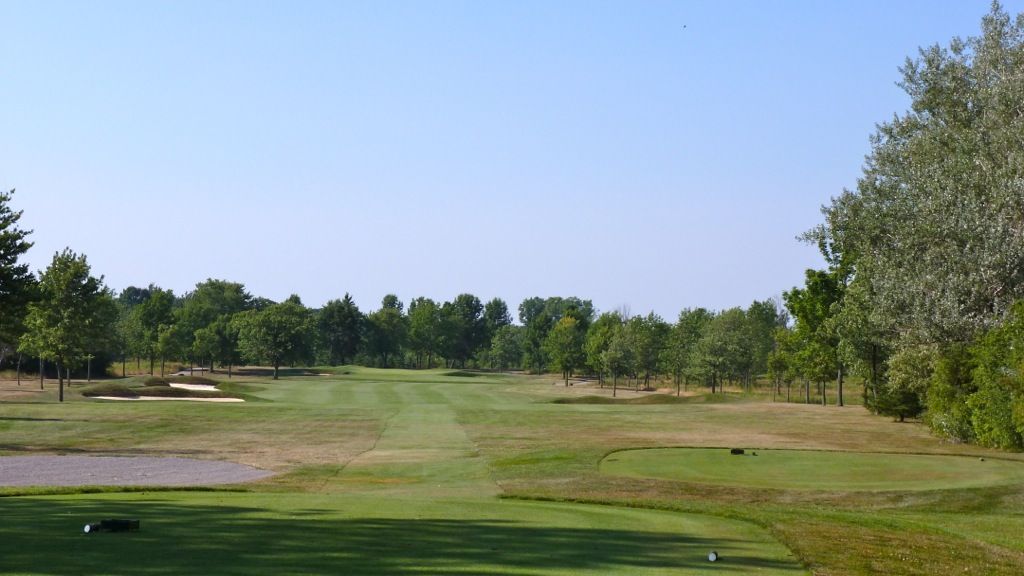
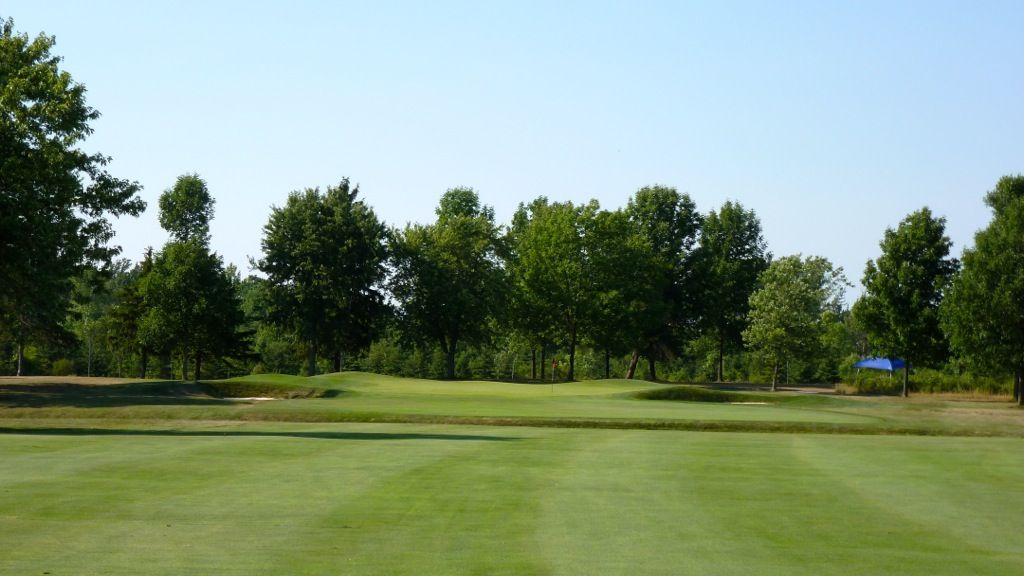
 Hole 15: Par 4, 385 Yards - The most outstanding feature of this dogleg left par 4 is a large pond that frames the entire left side of the fairway and cuts in front of the green. The green itself is in two levels, the rear being much higher than the front. With the hole cut in the front of the green, more than one player has putted from the upper level and ended up in the water.
Hole 15: Par 4, 385 Yards - The most outstanding feature of this dogleg left par 4 is a large pond that frames the entire left side of the fairway and cuts in front of the green. The green itself is in two levels, the rear being much higher than the front. With the hole cut in the front of the green, more than one player has putted from the upper level and ended up in the water.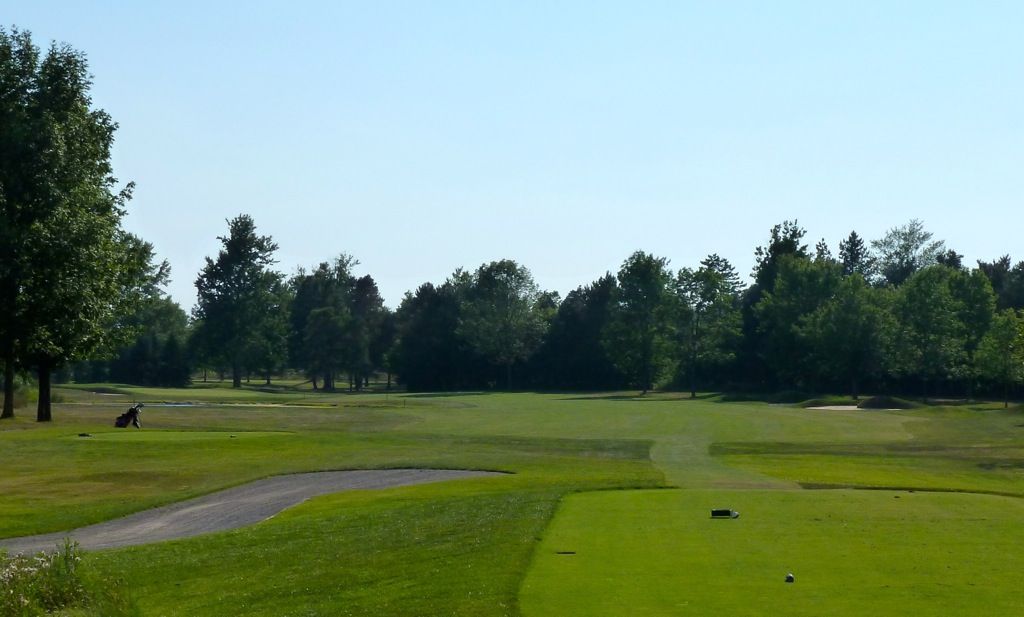
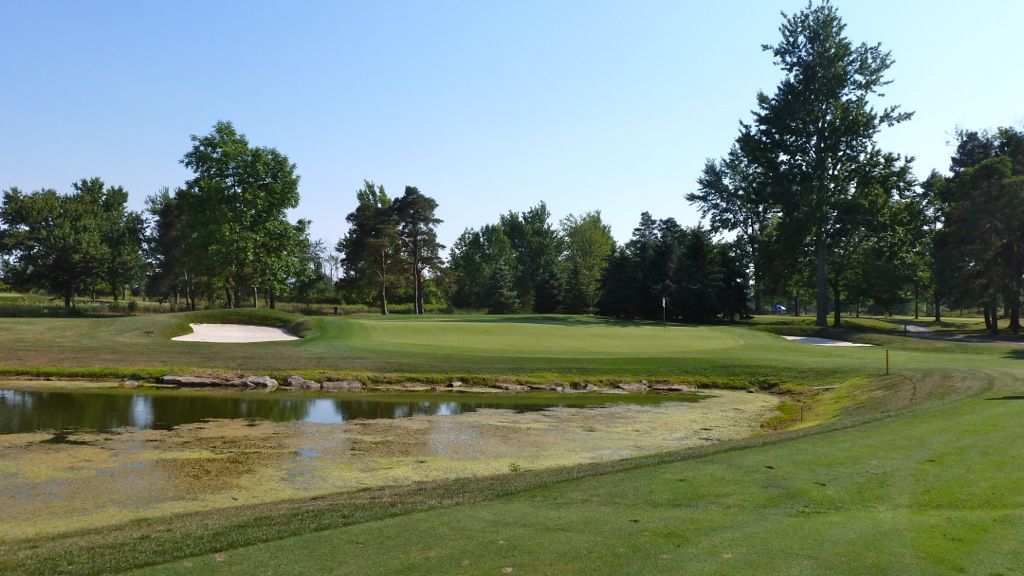 Hole 16: Par 3, 130 Yards
Hole 16: Par 3, 130 Yards - This is an attractive short par 3 to a slightly elevated green. It is handicapped as the easiest hole on the course. There is a larger, high-faced bunker all across the front of the green. Two hidden bunkers, guarding the right and left side of the rear of the green, capture many an errant shot. The green itself presents a problem in that the rear is considerably higher than the front. Successful approach shots must allow for the typical break toward the river.
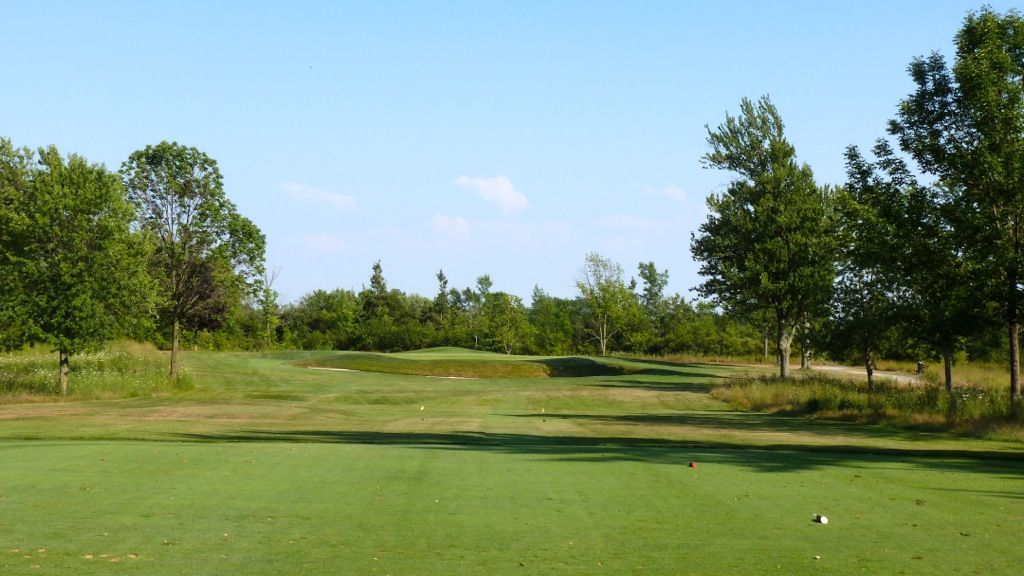
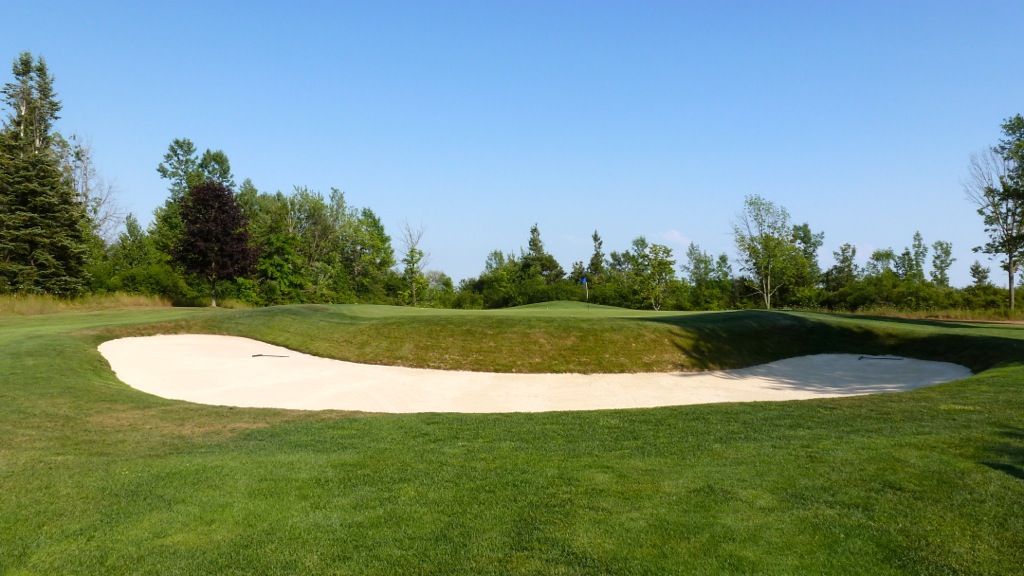
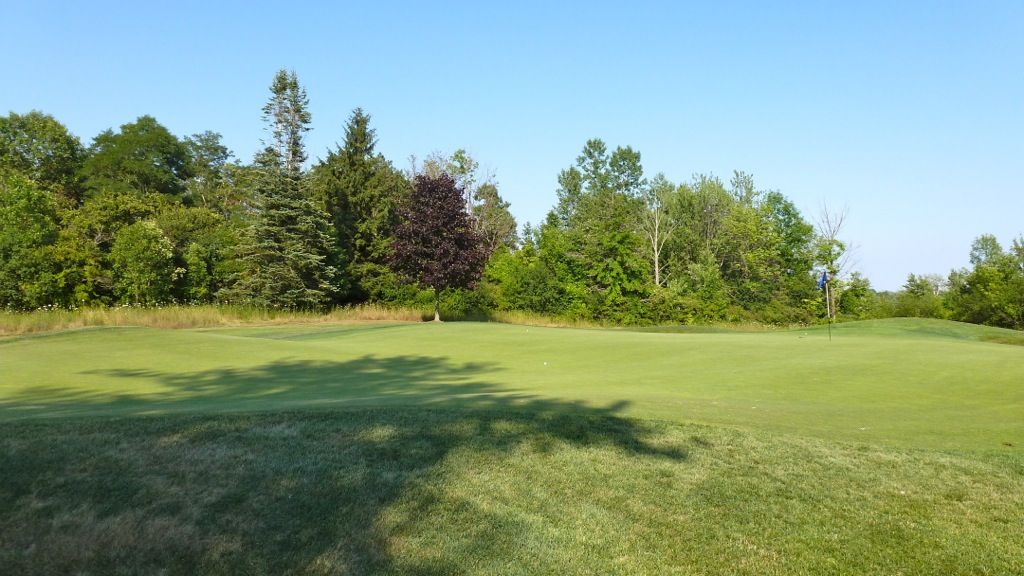 Hole 17: Par 4, 435 Yards
Hole 17: Par 4, 435 Yards - This is a long dogleg right par 4 with strategically placed mounds and bunkers both left and right. The green also is well-bunkered and slopes sharply from back to front. An approach shot that ends up behind the green can easily cost the player a stroke. Putts from the back of the green are equally problematic. Conversely, putting to a back pin, average players rarely can find it in themselves to get the ball up the slope to the hole.
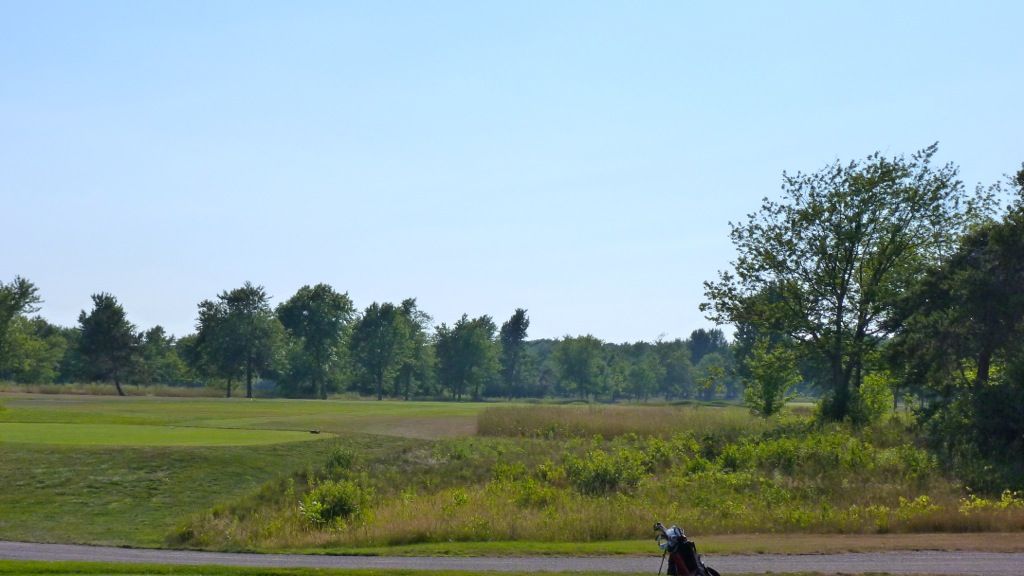
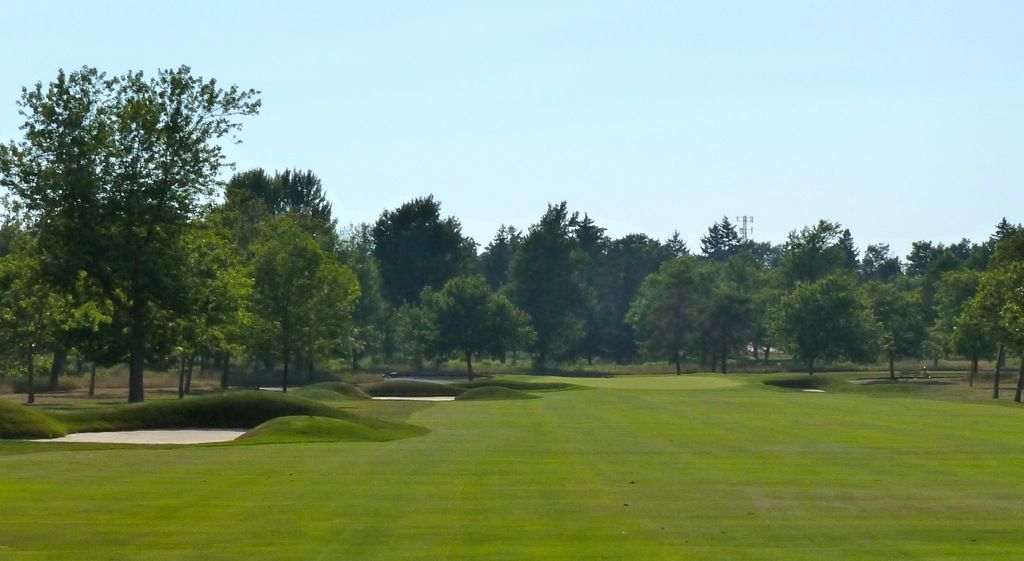
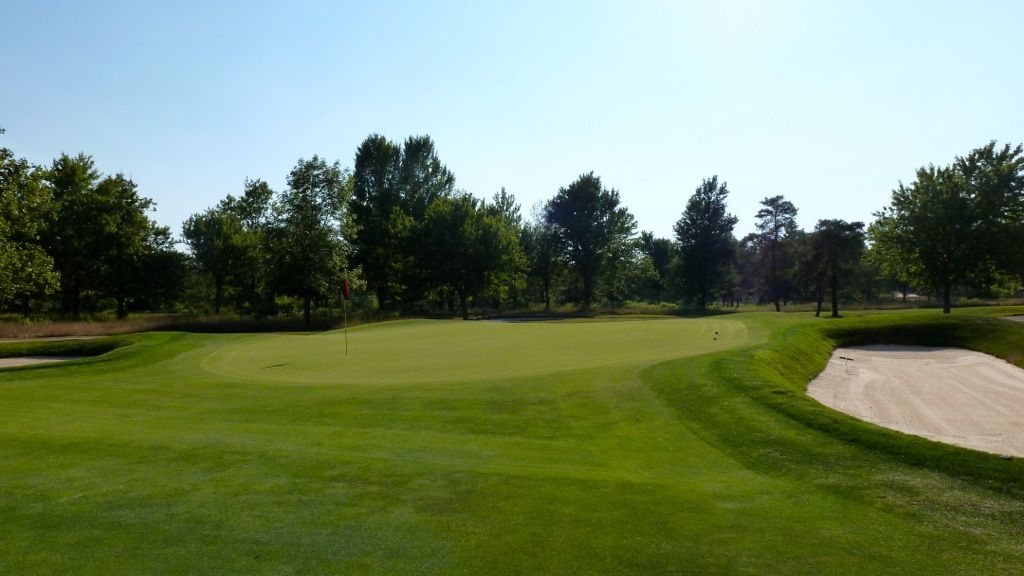 Hole 18: Par 5, 554 Yards
Hole 18: Par 5, 554 Yards - This is a marvelous finishing hole which presents birdie possibilities, unless one is playing the back tee. The drive from the Black tee must navigate a narrow chute and bunkers to the left, ordinarily a mere flyover, becomes a target to aim for, yet too distant for most to attain. Otherwise, number 18 is a medium length par 5 with the end of the hole running uphill to the Clubhouse. As is the case at the first hole, the prevailing wind is left to right and favoring. There are deep bunkers immediately to the right of the green. Putting from the front of the green toward the rear, the ball breaks to the right - toward the Niagara River. Some of the most severe breaking putts on the entire course can be produced on this green. The seasoned player knows it is best to refrain from conceding putts to opponents, allowing them instead to hole it out as best they can on the infamous eighteenth green at Cherry Hill.
